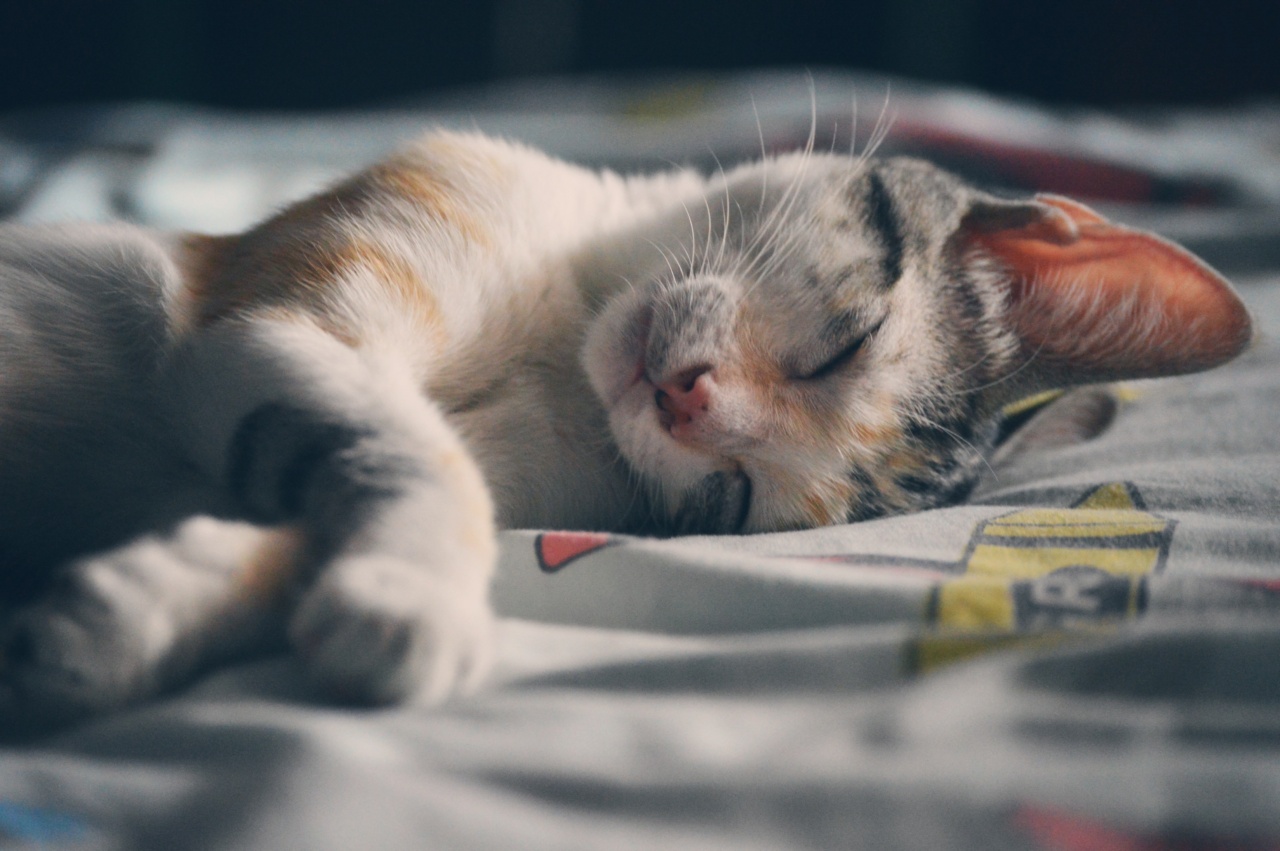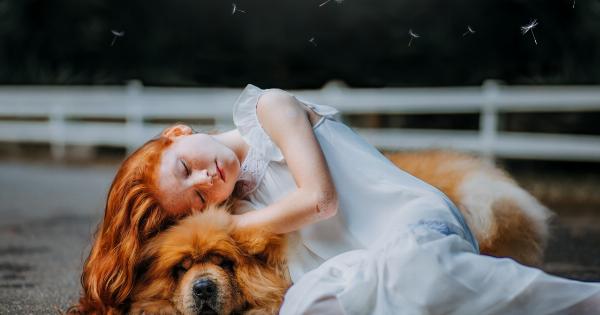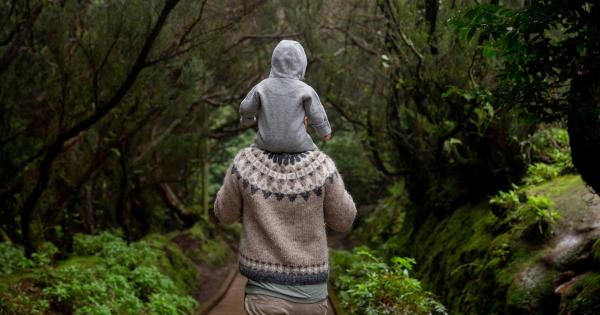Have you ever found yourself observing your pet while they sleep, wondering what they might be dreaming about? Or perhaps you’ve wondered if animals even dream at all? The concept of dreaming has intrigued scientists and researchers for centuries, and recent studies have shed light on the common occurrence of dreams in various animal species.
The science of animal dreams
Just like humans, animals possess complex brains capable of experiencing various states of consciousness. Research has shown that animals, too, engage in rapid eye movement (REM) sleep, which is often associated with dreaming in humans.
REM sleep is characterized by heightened brain activity, rapid eye movements, and muscle paralysis to prevent acting out dreams physically.
Animal dream patterns
While it can be challenging to definitively determine what animals dream about, scientists have made remarkable progress in deciphering their dream patterns.
By monitoring brain activity and eye movements during sleep, researchers have discovered compelling evidence to suggest that the content of animal dreams may be influenced by their daily activities, social interactions, and instincts.
Dreaming to strengthen memories
Several studies have suggested that animals, much like humans, use dreaming as a way to consolidate memories and learn from past experiences.
For example, while observing rats, scientists found that their dream patterns correlated with the mazes they navigated while awake. This indicates that animals may dream about their daily experiences, allowing them to process and enhance their memories while they sleep.
Reenacting instinctual behaviors
Animals possess innate instincts that drive their behaviors, and dreaming provides a unique opportunity for these instincts to manifest themselves.
For instance, while it’s challenging to measure dream content directly, researchers have observed dogs and wolves exhibiting running movements during their sleep. This behavior aligns with their natural instinct to chase prey and suggests that they may be reenacting such behaviors in their dreams.
Environmental influences on dreams
The surrounding environment can significantly impact the dreams of animals, just as it can affect human dreams.
Research has indicated that animals living in enriched environments, where they have ample opportunities for mental and physical stimulation, tend to exhibit more complex dream patterns. Conversely, animals in deprived environments may have more repetitive and less engaging dream experiences.
Interpreting animal dreams
While we can make educated guesses about what animals might dream about based on their behaviors and instincts, accurately interpreting animal dreams remains a challenge.
Due to the subjective nature of dreams, it is difficult to ascertain their exact content and meaning. However, by studying brain activity and behavior patterns during waking hours, researchers can make informed hypotheses about the potential significance of animal dreams.
The significance of animal dreams
Animal dreams are essential for the overall well-being and cognitive development of animals. Just like humans, animals need adequate sleep to function optimally.
Dreams aid in memory consolidation, learning, and emotional processing, ensuring animals can adapt and survive in their respective environments. Additionally, dreaming may contribute to the development of social bonds and play a role in problem-solving abilities.
The mystery continues
Despite extensive research, many aspects of animal dreams remain mysterious and require further investigation.
Determining whether animals experience dreams similar to humans, or if their dream content differs significantly, presents an intriguing scientific challenge. Advancements in technology and research techniques hold promise for unlocking more secrets surrounding the mesmerizing world of animal dreams.
Final thoughts
While we may never fully know what animals dream about, exploring their sleep patterns and behaviors provides fascinating insight into their lives.
Animal dreams likely intertwine with their daily experiences, instincts, and environmental influences, serving crucial functions in their cognition and well-being. As we continue to uncover the mysteries of animal dreams, we gain a deeper understanding of the complex inner worlds of our animal companions.




























